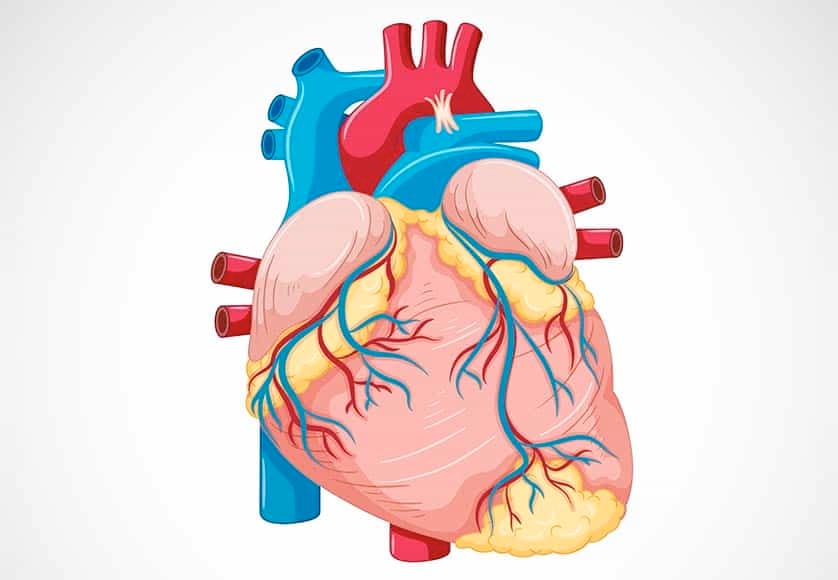Congenital disorders
Transcatheter Aortic Valve Implantation: the golden standard for Aortic Stenosis
The most common heart disease amongst the elderly population is Aortic Stenosis (AS), which is the tightening of the aortic valve.
Due to this constriction the blood passes through the narrower valve into the systemic circulation with greater difficulty, leading to the typical symptoms. Until the recent development of a whole new technique for the transplant of the aortic valve through a catheter, Transcatheter Aortic Valve Implantation known as TAVI, the only treatment possible was an open-heart surgery where the diseased valve was substituted by a mechanical aortic valve or by a biological one. Due to the severity of some patient’s condition or the surgical risks involved, this solution was not always possible. In most cases these patients are elderly and suffering from other associated pathologies.
The TAVI offers additional hope for these patients, representing a much safer technique especially in high surgical risk patients.
The heart muscle is a pump the size of a fist that continuously pumps blood throughout the human body. It consists of four chambers, two atria and two ventricles. Each ventricle has one entrance and one exit.
Valve deficits can cause them not to open correctly, hindering the passage of blood through the valve, known as valvular stenosis. They may also not close completely causing loss or regurgitation, known as valve insufficiency. Or there may be a combination of both, known as double valve disease. Problems with heart valves are in most cases caused by congenital disorders, rheumatic fever, infections or degenerative causes associated with age.
The function of the aortic valve is to make sure that blood, once it has been pumped by the heart, does not flow back (to the left ventricle) and reaches the various tissues with the necessary volume and pressure.
When there is stenosis or tightening of the aortic valve and the flow of blood is hindered, this causes symptoms of fatigue, chest pain, shortness of breath on minimal exertion or even fainting.
Improvement due to available medication is limited and does not prevent the progression of the disease or the most serious complications. The percutaneous TAVI has revolutionized the treatment of AS, by providing the possibility of a non-surgical valve replacement in patients with severe inoperable AS or in those patients with a very high risk for open-heart surgery. The percutaneous solution, as the name indicates, consists of the introduction of a biological valve prosthesis applied with the use of a metallic stent, through a small incision in the groin. This is a safe procedure of reduced risk as it does not need surgery or general anaesthetic, permitting a substantially faster recovery, with very little impact on the quality of life of the patient.
Operating for over 22 years, the Cardiovascular Intervention Unit of Hospital Particular in Alvor has in its curriculum thousands of interventions and procedures, including minimally invasive cardiovascular intervention techniques, catheterization, angioplasty and transcatheter implants of the aortic and mitral valves.
Article submitted by the HPA Health Group

